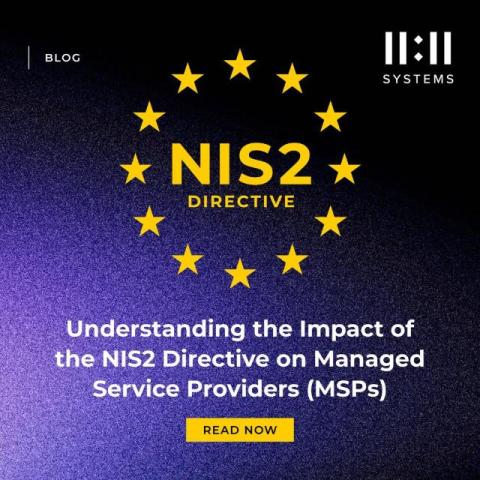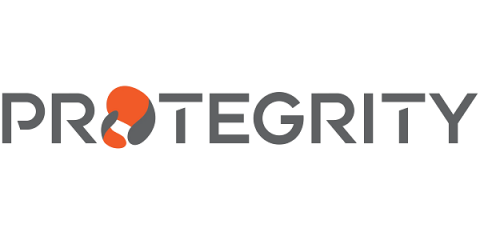Understanding the Impact of the NIS2 Directive on Managed Service Providers (MSPs)
With cybersecurity threats on the rise, regulatory bodies are taking robust measures to secure essential infrastructure. The European Union’s introduction of the NIS2 Directive marks a significant step in this direction, aiming to fortify the defenses of critical sectors across Europe. Managed Service Providers (MSPs) play a pivotal role in safeguarding networks and information systems, and the new NIS2 requirements underscore the heightened responsibilities they face.











